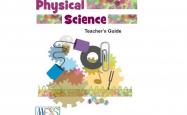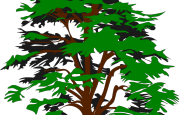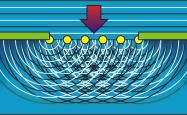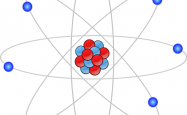This downloadable resource helps teach younger students about the physical world.


This downloadable resource helps teach younger students about the physical world.

This YouTube video shows a household demonstration of the refraction of light.

This unit of work is an introduction to the concepts of light and sound.

This online resource examines the impact of sunlight on different house designs.

This activity guide looks at how to quantify photosynthesis.

This online resource teaches students about their eyesight.
The resource deals with how a person's eyesight is measured and the technologies involved.

This online resource investigates the wave and particle models of energy transfer.

A unit of work about the differences between day and night.

This online resource looks at the emission spectra of various cations.

This online resource shows students how physics is used in medicine.
The resource allows students to examine results from PET and MRI scans, colonoscopies and radiotherapy on patients.